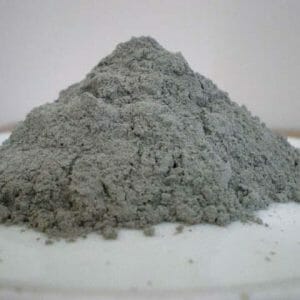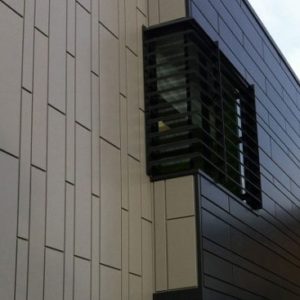-
×
 E - 1162 Fly Ash for Highway Engineers
1 × $175.00
E - 1162 Fly Ash for Highway Engineers
1 × $175.00 -
×
 E - 1720 Drier by Design – Designing to Keep Water Out
1 × $100.00
E - 1720 Drier by Design – Designing to Keep Water Out
1 × $100.00
Subtotal: $275.00
 E - 1162 Fly Ash for Highway Engineers
1 × $175.00
E - 1162 Fly Ash for Highway Engineers
1 × $175.00  E - 1720 Drier by Design – Designing to Keep Water Out
1 × $100.00
E - 1720 Drier by Design – Designing to Keep Water Out
1 × $100.00 Subtotal: $275.00
The objective of this course is to assist a licensed design professional, practicing structural engineers, forensic structural engineers, consulting engineers, building officials, educators, students or/and a licensed general contractor to deeply know, and understand the structural analysis, design and installation of base isolation system for buildings & bridges. The importance of this course lies in the fact that there are not a sufficient number of references dealing with this topic, so the course was designed to be a guide for the structural engineers. This course is intended especially for the practicing structural engineer, though it will also be useful for building officials, educators, and students. Seismic isolation is a modern technique used to seismically isolate structures from the ground at the base level. (It is also called base isolation.) Isolation is achieved by introducing the isolating system at the base or at selected locations in order to reduce the transfer of the ground motion effects to the structure. The significant advantage of seismic isolation is its ability to minimize the damage usually associated with earthquake events. However, the disadvantage of seismic isolation is that it may need to be replaced during the lifetime of the structure. Over the past several decades, seismic isolation has gained in popularity and frequency of use, especially in bridges. Seismic isolation is considered the only practical solution for historical monuments if the superstructure itself cannot be modified or strengthened for obvious reasons. Today, idolators for seismic isolation systems come in many different forms and designs. Lead-rubber bearing idolators are the most popular and perhaps the most economical. In addition, because elastomeric bearings are installed in bridges for non-seismic performance, including lead-rubber bearing idolators would only be a minor modification to the original bearings. Therefore, this course will focus on seismic isolation systems that use lead-rubber bearing idolators. Learning Objectives At the successful conclusion of this course, you’ll be able to identify and discuss:
Once completed, your order and certificate of completion will be available in your profile when you’re logged in to the site.

